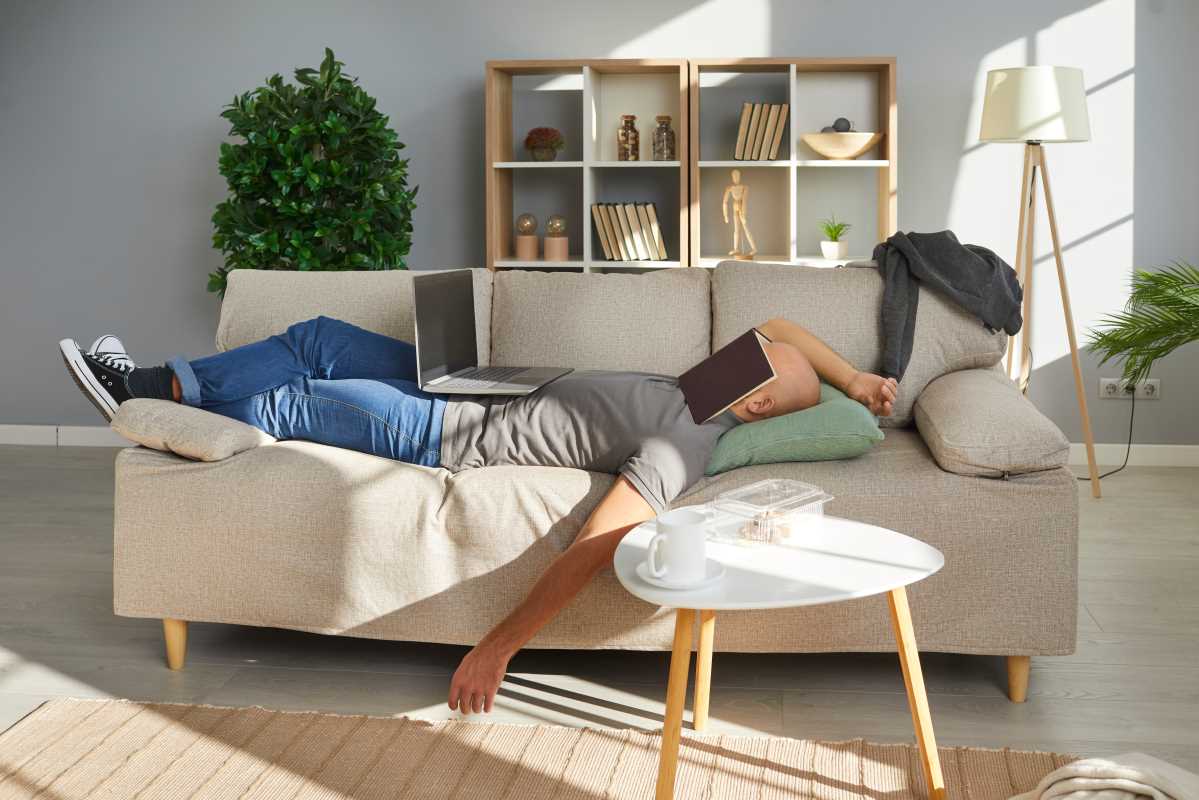The design of a home office isn’t just about furniture and gadgets. One of the most impactful and often overlooked elements is color. The walls around you, the accents in your workspace, and even the hue of your accessories all play a role in shaping your environment. Colors carry psychological weight, influencing how you feel, think, and work every day. A thoughtfully chosen shade can energize you to handle demanding tasks or create a calming atmosphere for focus and decision-making. By understanding the psychology behind colors and aligning them with your goals, you can craft a home office that fosters both productivity and well-being.
Understanding Color Psychology
Color psychology explores how different hues evoke emotions, moods, and behaviors. While some reactions to colors are subjective, many effects are deeply rooted in universal human experiences. Warm colors like reds and oranges often stimulate energy and action, while cooler tones like blues and greens encourage calm and focus. Neutrals, such as whites or grays, create a sense of balance and simplicity, serving as helpful backdrops for a variety of work needs.
Research in environmental psychology suggests that colors influence productivity in measurable ways. For example, blue is often associated with improved concentration and mental clarity, making it a preferred color for offices. Similarly, green has been linked to stress reduction and the promotion of innovative thinking. The color choices you make for your home office aren’t purely aesthetic; they are functional tools that influence how you engage with your work.
By strategically incorporating color into your home office, you can create a tailored environment that aligns with your work style and priorities. Whether you're aiming to stay calm under pressure, find creative inspiration, or power through deadlines, understanding how colors interact with psychology is the first step to designing a space that works for you.
Energizing with Warm Colors
Sometimes work requires high energy, motivation, and action-oriented focus. Warm colors like red, orange, and yellow are ideal for creating a workspace that feels vibrant and dynamic, perfect for fast-paced or interactive tasks. Red, for instance, is known to stimulate excitement and enthusiasm, making it a great accent color rather than the dominant hue. Too much red may feel overwhelming, but a touch of it can provide the invigorating push needed for tackling demanding projects.
Orange strikes a balance between energy and creativity and is often associated with optimism and sociability. It can add warmth and character to your space without the intensity of red. Yellow, the color of sunshine, has similarly uplifting qualities. Its bright and cheerful nature makes it a great choice for spaces where you want to maintain a positive outlook. However, keep in mind that softer, pale shades are often preferable to bold, neon tones, which can cause visual fatigue over time.
Warm colors work exceptionally well as accents. Consider incorporating a red rug, an orange office chair, or sunny yellow throw pillows. These pops of color can energize you without distracting from your overall focus.
Harnessing the Tranquility of Cool Colors
Cool colors, such as blue, green, and purple, are calming and restorative. Blue, in particular, has a well-documented effect on concentration and focus, making it one of the most common choices for work environments. Its ability to lower stress while improving attention to detail makes it an excellent option for those who need to work through complex, analytical tasks.
Green, often associated with nature, promotes balance and stability. It’s the color of growth and renewal, which can reduce feelings of overwhelm and encourage creative problem-solving. If your work requires innovative thinking or high levels of collaboration, green can provide the refreshing ambience you need. Adding green plants to your office is a simple way to introduce this hue while simultaneously reaping the calming effects of greenery.
Purple, blending the stimulating qualities of red with the calmness of blue, can create a luxurious and imaginative setting. It’s ideal for sparking creativity, making it a great choice for artistic professions or brainstorming sessions.
Cool colors often work well as primary shades for walls or large furniture pieces. A light blue-painted wall, soft green curtains, or a lavender desk lamp can give your workspace a sense of peace and productivity.
Balancing with Neutrals and Earthy Tones
Neutral colors like white, beige, and gray are key for creating balance and a clean foundation in your home office. These shades work as blank slates, giving your mind room to focus without unnecessary visual distractions. White symbolizes simplicity and cleanliness, supporting clarity of thought and organization. However, too much white can feel sterile, which makes pairing it with splashes of color essential.
Beige and soft shades of tan introduce warmth and comfort without commanding too much attention. They pair well with both warm and cool colors, allowing versatility in design. Gray, often seen as a modern choice, exudes sophistication and professionalism. Its neutrality makes it a popular background color, keeping attention on your work rather than the surroundings.
Earthy tones like terracotta, olive, or chocolate brown incorporate a grounding effect. They evoke nature and warmth, reinforcing a comfortable yet focused atmosphere. Adding wood finishes to furniture or including earthy-colored accessories can create a harmonious balance between aesthetic appeal and practicality.
Creating Your Color Strategy
Designing the perfect color scheme for a home office starts with clarifying your goals. Ask yourself what mood or energy you want to bring into the space. If you need calm to manage constant deadlines, cool shades like blue or green might be ideal. For creative work or brainstorming, a mix of warm and invigorating colors like yellow or orange paired with neutral backgrounds can strike the right balance.
Layering colors is an effective way to subtly introduce their psychological effects. For instance, use a neutral base for walls or flooring and add accents in your furniture, artwork, or stationery. This combination helps maintain a cohesive look while highlighting the benefits of each selected color. Textures and materials can also influence how colors are perceived. A matte blue wall may feel soothing, while glossy blue accents may appear more energizing.
Lighting is another critical component. Colors shift in appearance depending on how a space is lit. Natural light tends to bring out the truest tones, while artificial light can make colors appear warmer or cooler. Adjust your color choices based on the type of light available in your home office at different times of the day to avoid unintended visual effects.
Finally, don’t be afraid to experiment with color until you find the combination that resonates with you. Swatches, sample paints, and temporary designs allow you to test out different shades and adjust based on your personal preferences and workflow.
Making Color Work for Your Productivity
The colors in your home office are more than decorative choices; they’re tools to shape your mindset, mood, and performance. By understanding how different hues influence focus, creativity, and energy, you can tailor your space to meet your unique needs. Whether it’s calming blues, energizing yellows, or grounding neutrals, each shade plays a role in creating a functional and inspiring environment. Thoughtful color decisions can transform your workspace into a place where productivity and positivity seamlessly coexist. By paying attention to these details, you ensure your home office becomes a reflection of both your goals and your potential.







